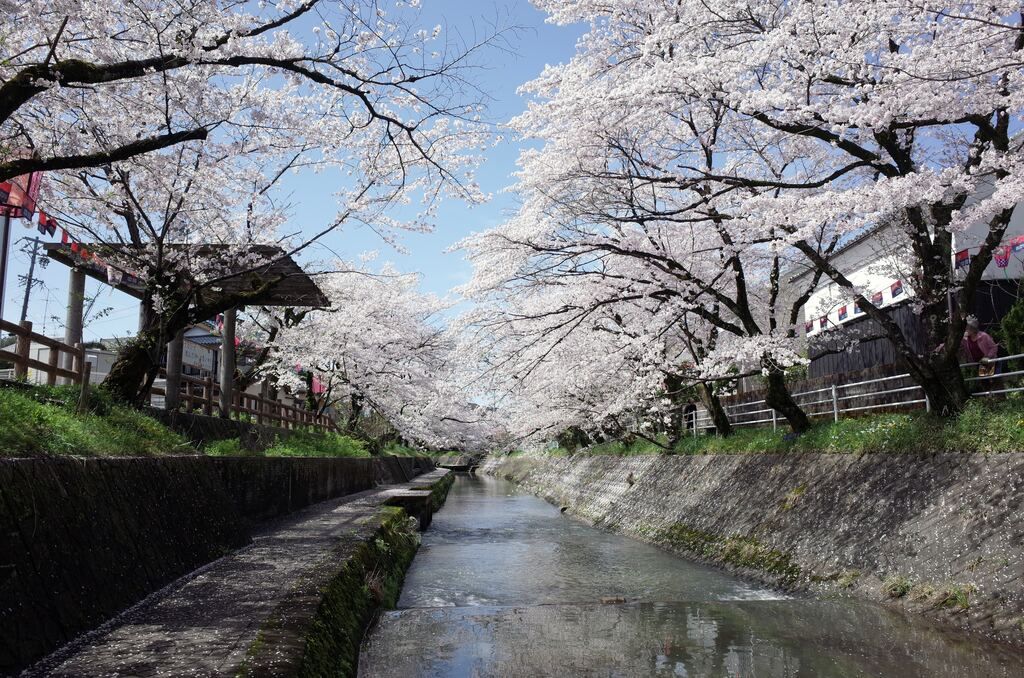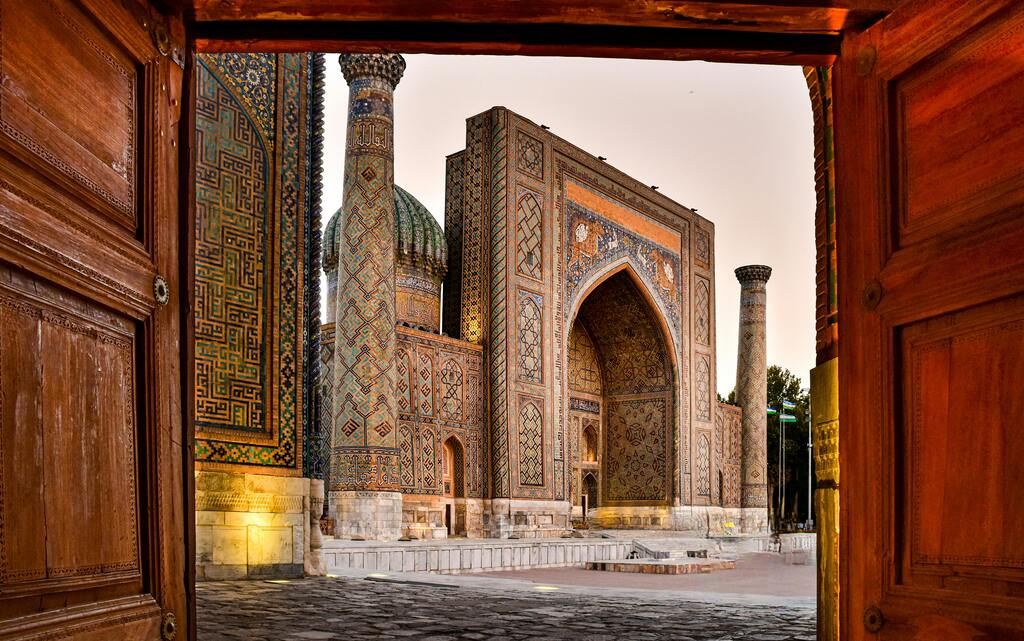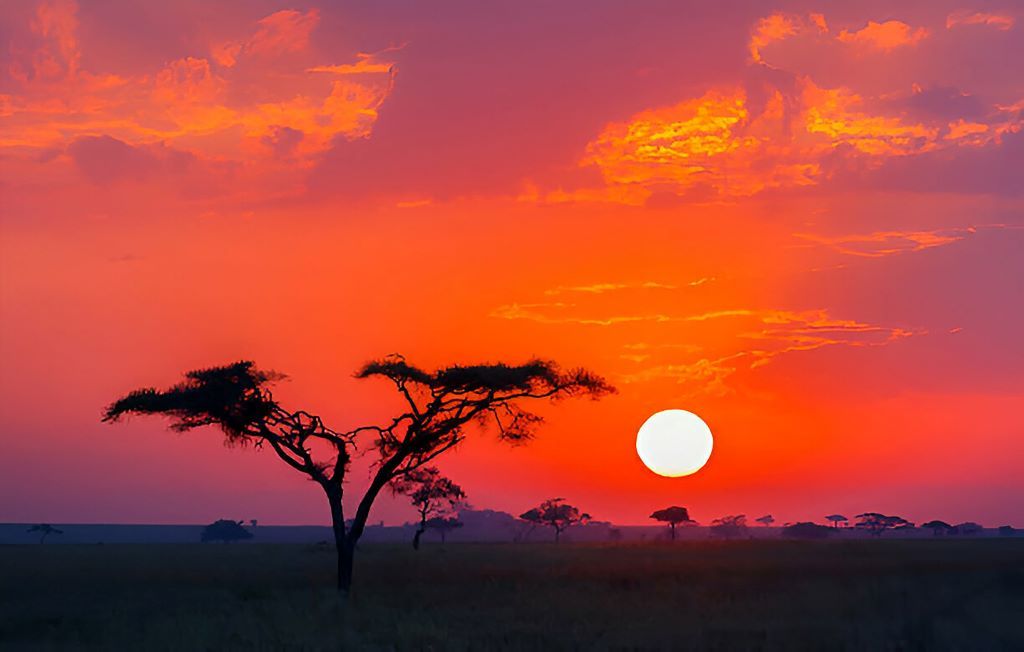

From the beaches of Zanzibar to the majestic nature of the Serengeti, Tanzania is one of Africa’s best destinations. But when should you pay a visit to this East African gem? We’ve got the lowdown on the best time to visit Tanzania — just keep reading.
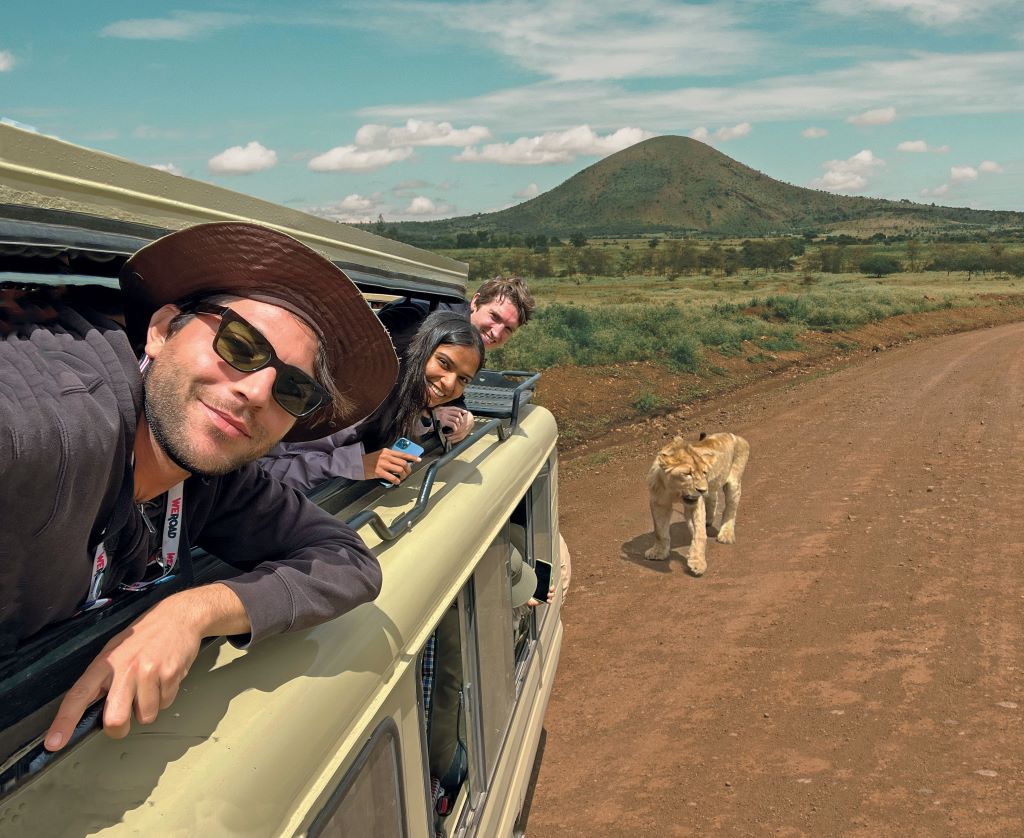
Tanzania temperature by month
Tanzania is a big country with diverse landscapes, so the climate can vary quite a bit. That being said, there are some general guidelines to follow. Remember, predicting the weather is never an exact science — Tanzania temps can always be different from what you expect. In general, the country has four seasons, but not the ones you may be familiar with. Instead, Tanzania has a short dry season, a long rainy season, a long dry season, and a short rainy season. Confused? You won’t be after you read this:
Tanzania in January weather
Tanzania experiences a short dry season between its two rainy seasons, and this starts in January. Rain levels are low while temperatures soar. Expect daily highs in the low 30s.
Tanzania February weather
This is the hottest month of the year, as it’s the end of the short dry season. Daily highs commonly reach 35°C or more, which can be too hot for comfort for many people.
Tanzania in March weather
March marks the start of the main rainy season in Tanzania. The weather is still very hot, with highs around 32°C or 33°C. Now, thanks to the arrival of the rain, it’s also humid.
Weather in Tanzania in April
April is by far the wettest month of the year. It’s a little cooler in comparison with February and March, but that’s all relative. Temperatures still regularly hit 30° or 31°C daily, and heavy rain is common.
May weather in Tanzania
This is another very rainy month, although it’s not quite as bad as April. Downpours are particularly common in the afternoon. The temperatures continue to drop little by little.
June weather in Tanzania
June marks the start of the long dry season, which many see as the best time to visit Tanzania. The rain dries up dramatically, and the temperatures continue to drop. For the first time, daily highs are under 30°C. Okay, they’re still around 29°C, but with nights as low as 18°C, things are getting more comfortable.
July weather in Tanzania
The long dry season continues. Temperatures are slightly cooler than June, and there’s very little rain. Highs are around 28°C or 29°C, and lows can dip to 17°C, so this could be the best month to visit Tanzania for comfortable sightseeing. The landscape is still lush and green after all that rain.
The climate in Tanzania in August
August is still part of the long dry season. Now, the landscape is starting to turn brown as the effects of the wet season wear off, and the rain feels like a distant memory. Temperatures rise slightly, with daily highs once again hitting 30°C.
September weather in Tanzania
September is still a very dry month in Tanzania. Temperatures rise sharply as the month goes on, with highs of around 32°C. The warm weather combined with a dry climate is why many people say this is the best time to visit Tanzania, particularly if you want to go to the beach.
October weather in Tanzania
October is a transitional month in Tanzania. Temperatures continue to rise, and most of the month is still dry. However, the last week often sees a marked increase in rain as the short rainy season begins.
November weather in Tanzania
This is the official start of the short rainy season. With daily highs hitting 33°C and nightly lows hovering around 21°C, you can expect heat, humidity and rain. It’s nowhere near as rainy as April, but daily showers are common.
December weather in Tanzania
The short rainy season continues, although December is usually not as wet as November. Nights are getting hotter, though. Minimum temperatures of 23°C can make it hard to get a good night’s sleep.
The best time for a safari in Tanzania
For most visitors to Tanzania, the main attraction is the chance to go on safari and see some of Africa’s famous animals in their natural habitat. So when is the best time to go on a safari in Tanzania? Frustratingly, there’s no clear-cut answer. In fact, you’ll have the chance to see animals at any time of year, but the experience will be quite different depending on when you go.
In general, the safari calendar is divided into two seasons. The peak season runs throughout the long dry season, from June to October. The low season, which is also called the green season, runs from November to March. Both have their pros and cons.
A Tanzania safari during the high season
Many say that this is the best time to visit Tanzania, as the weather is dry and warm, without being uncomfortably hot. If you want to go trekking as part of your safari or take a beach holiday in Zanzibar, this is the best time of year.
During these months, the weather is generally very predictable, so you’re unlikely to see activities get cancelled. Conditions are consistent, which can make for a more satisfying experience as you explore the wilderness. The photography conditions are good, particularly if you go early in the season when the landscape is still green.
On the downside, the high season can be crowded and expensive. You’ll have to book well in advance, and prices are usually higher at this time of year. Bird watchers won’t find it quite as thrilling as bird migrations happen at other times of year. There are also fewer newborn baby animals to ooh and ahh over.
A Tanzania safari in the low season
There are some major benefits to going on safari in Tanzania during the low season. Prices are lower, and there are fewer crowds of people. This season is a paradise for bird watchers, as many rare species can be seen. The landscape is lush and green, which means your photographs will look particularly good. Plus, there are lots of baby animals at this time of year — a sight sure to melt even the hardest of hearts.
If that sounds truly amazing, you might be wondering why it’s the low season. Well, there’s one little detail that prevents this from being the best time to visit Tanzania: the weather. Unpredictable rainstorms can lead to safari activities suddenly being cancelled, and camping out is often impossible. It’s also extremely hot for much of the low season. You may be uncomfortable by day, and by night, it can be almost impossible to sleep.
High season vs low season: your choice
Ultimately, you can have a good time on safari during either season — it all depends on what your preferences and priorities are. In general, if you’re going to visit during the low season, we recommend late October to early December. The prices are lower, but this short rainy season is not as bad as the long rainy season between March and May. In fact, it may be the best season to visit Tanzania if you want the best of both worlds.
The long rainy season is when the weather can truly play havoc with your plans. Unless your travel dates are restricted or you really want to see some particular birds or baby animals, try to avoid these months if possible.

The best time to travel to Tanzania for the Great Wildebeest Migration
The Great Wildebeest Migration is one of the major highlights of Tanzania’s annual safari calendar. This breathtaking natural event sees millions of wildebeest and zebras travelling each year in a circular route, following the rains in search of fresh food to graze on. As they move, the herds are joined by opportunistic predators like lions, leopards, cheetahs and crocodiles. It’s been called the greatest show on earth — and it’s all-natural.
The best time to see the Great Migration is in the long dry season, from July until early October. Having said that, keep in mind that wild animals are unpredictable. One of the most impressive sights of the Great Migration is when an enormous herd of wildebeest has to cross a river. You may get lucky and see a herd crossing several times in one day, or they may decide to skip it altogether and take a different route. That’s the luck of the draw, but in general, the best time to visit Tanzania to see this journey in action is in the long dry season.
You’ll see enormous herds on the move during the long dry season, but there’s also an element of the Great Migration to enjoy during the short rainy season, so it’s still a good time to visit Tanzania. December to March is the calving season for the wildebeest herds. This may be the best time to visit the Serengeti National Park, as around half a million baby wildebeest are born. Sadly, not all of them will survive until adulthood. This is prime season for sightings of predators. The vulnerable baby wildebeest make tasty meals for hungry lions, leopards and cheetahs. You may also see packs of hyenas following the big cats around to snack on their leftovers.
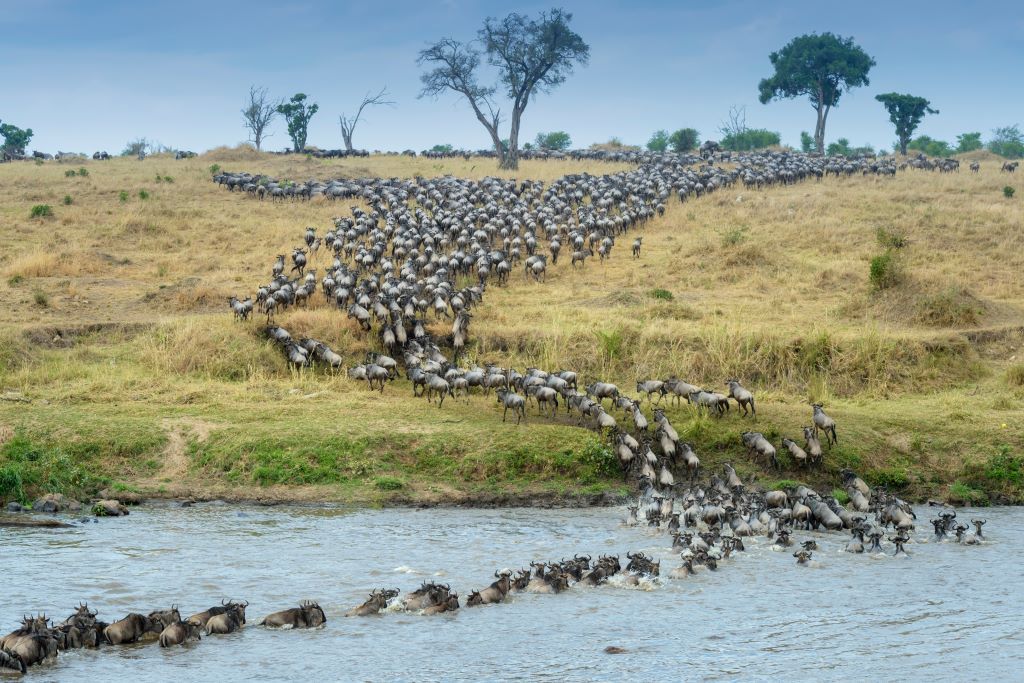
The best time to go to Tanzania for scuba diving in Zanzibar
The gorgeous island of Zanzibar offers a completely different side to Tanzania. Say goodbye to the elephants and lions and hello to sea turtles and dolphins. Some travellers head straight for Zanzibar to spend their holiday there, while others choose to relax on the island for a few days to unwind after a hectic safari experience.
Zanzibar offers year-round scuba diving in the warm, comfortable waters of the Indian Ocean. The best visibility comes between February and early April, which is when the conditions are particularly good. If you want to see big pelagic creatures, then head to Zanzibar between September and December. This is when you’re most likely to see turtles, dolphins and —if you’re very lucky— even whale sharks.
The best time to visit Tanzania to climb Kilimanjaro
It’s one of those challenges on many adventurous travellers’ bucket lists. If you long to conquer the highest mountain in Africa, you’ll need to pick your time of year carefully.
Mountain climbing in the rainy season is never a good idea, as the water can make paths slippery, turning reliable trails into death traps. It’s important to remember that Kilimanjaro can also see dangerous snow during the rainy season. Even though it’s close to the equator, the mountain is high enough that its peak is covered with a thick layer of snow and ice in the colder months. This means that climbing is best left to the experts.
For that reason, it’s best to tackle Kilimanjaro from December to March or June to October. The extreme heat of the short dry season will be less of a problem if you’re going mountain climbing, as temperatures are a lot lower at high altitudes.
Generally, the second half of the year is the peak season for Kilimanjaro, when you’ll see more fellow climbers on the mountain. It’s a good time to visit Tanzania if you want to do something truly extraordinary!
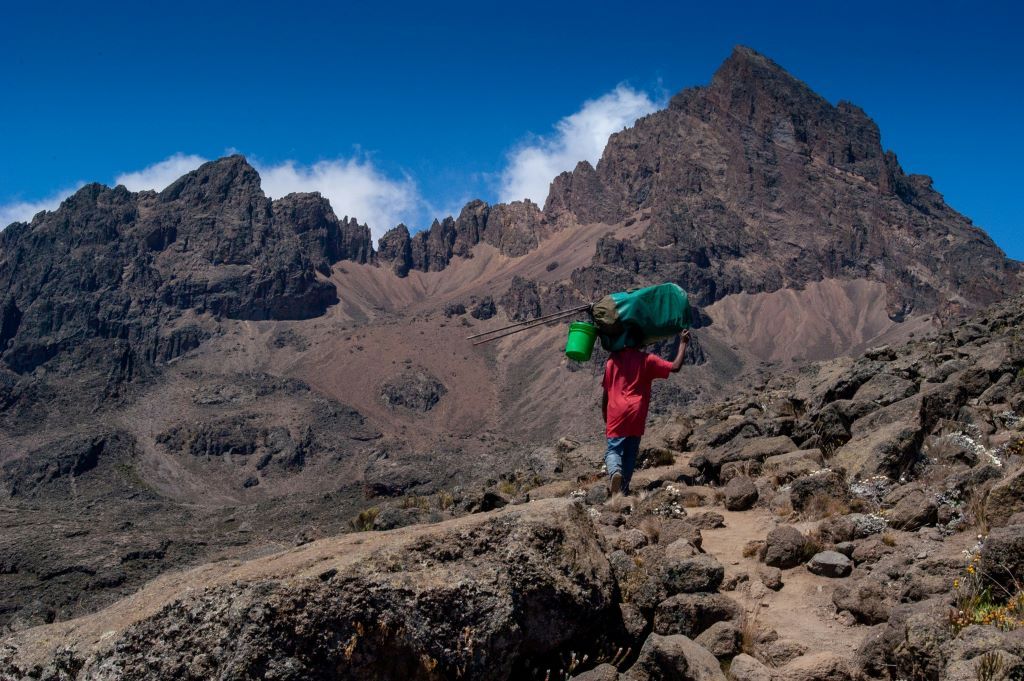
Our 12-day Tanzania adventure is a great way to see this African country. You’ll enjoy a luxury safari experience and the chance to relax on the blissful beaches of Zanzibar — what more could you ask for? Come along with us for an amazing holiday!


